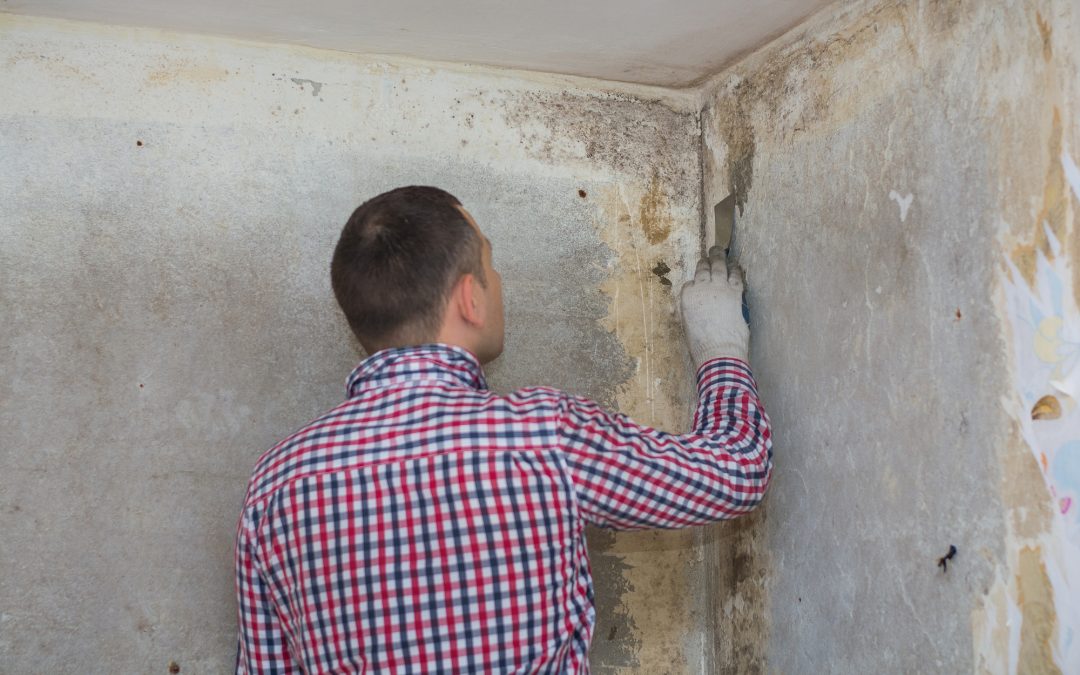Making Certain Post Remediation Verification Precision
Effective Blog Post Mold And Mildew Remediation Solutions for Your Home
Mold and mildew growth in homes can be a consistent problem, usually requiring a systematic technique for effective post-remediation options. From comprehending the aspects that add to mold development to implementing correct cleaning methods and moisture control actions, the procedure can be detailed yet vital for maintaining a healthy living atmosphere. Post Mold remediation cleaning.
Comprehending Mold Growth Aspects
Mold growth is affected by a selection of aspects that are critical to understand in order to properly deal with and stop its proliferation. Comprehending these factors is crucial in carrying out effective mold and mildew remediation approaches. The primary variable adding to mold and mildew growth is wetness. Mold and mildew spores call for moisture to sprout and grow, making wet or humid settings extremely susceptible to mold infestations. Poor ventilation can likewise lead to moisture buildup, creating a perfect breeding ground for mold and mildew.

Additionally, airflow and light exposure can impact mold and mildew development. Locations that lack appropriate ventilation and all-natural light are more prone to mold development. By resolving these factors comprehensively, people can properly minimize mold growth and guard their living settings.
Correct Mold Cleansing Strategies
Using efficient cleansing methods is important in avoiding the recurrence and dealing with of mold and mildew contamination in indoor settings. The very first step in proper mold cleansing is to contain the affected area to avoid the spread of spores to unpolluted locations.

Executing Dampness Control Steps
To effectively stop mold development and contamination in Look At This indoor settings, executing dampness control procedures is vital. Furthermore, guaranteeing appropriate air flow in locations susceptible to moisture build-up, such as restrooms and kitchens, can help reduce the risk of mold development. By diligently executing these moisture control measures, property owners can successfully reduce the likelihood of mold recontamination and keep a healthy and balanced interior environment.
Using All-natural Removal Solutions
After efficiently carrying out dampness control steps to avoid mold and mildew development in interior settings, house owners can now discover the effectiveness of natural removal options in preserving a healthy and balanced home. Natural remediation services utilize eco-friendly approaches to deal with mold and mildew and mold, making them a popular selection for those seeking non-toxic options. One such solution is making use of vinegar, an all-natural antimicrobial agent, to disinfect and tidy surfaces infected by mold. Just thin down vinegar with water and spray it onto the affected locations, permitting it to sit for a few hours before wiping clean. Additionally, tea tree oil, understood for its antifungal homes, can be blended with water and splashed onto mold-infested surfaces to inhibit further growth. Another natural choice is hydrogen peroxide, which can properly eliminate mold on different surface areas without leaving hazardous residues behind. By incorporating these all-natural removal options into their cleansing regimens, house owners can effectively battle mold and mildew growth while promoting a much healthier indoor atmosphere for imp source themselves and their households.

Maintaining a Mold-Free Environment
Routinely evaluating areas susceptible to mold and mildew growth, such as shower rooms, cellars, attics, and kitchens, is essential. Proper ventilation in areas with high humidity degrees is also essential to avoiding mold and mildew growth.
Additionally, keeping cleanliness in the home is important for mold prevention. On a regular basis cleansing and cleaning surface areas, carpetings, and upholstery can assist eliminate mold spores prior to they have a chance to increase and clear up. Using mold-resistant items for building materials and furnishings can further aid in developing a mold-free setting. Last but not least, keeping interior plants in check and ensuring proper drainage in outdoor landscape design can lessen wetness build-up, lowering the likelihood of mold problems. By adhering to these aggressive maintenance techniques, homeowners can efficiently maintain a mold-free home.
Verdict
Finally, it is necessary to resolve mold and mildew growth variables, use proper cleaning techniques, apply dampness control steps, use all-natural removal remedies, and keep a mold-free setting in order to efficiently handle post mold removal in your house - Post Mold Remediation. By adhering to these approaches, you can avoid mold from reoccuring and make sure a healthy living setting for you and your household
The main variable contributing to mold and mildew development is wetness. Mold spores require dampness to thrive and germinate, making moist or humid settings extremely prone to mold and mildew invasions.To successfully prevent mold development and contamination in indoor settings, implementing moisture control measures is extremely important. Furthermore, guaranteeing proper ventilation in areas vulnerable to moisture buildup, such as bathrooms and kitchen areas, can help reduce the risk of mold and mildew development.After efficiently executing dampness find out here control steps to avoid mold growth in interior atmospheres, property owners can currently explore the efficiency of all-natural remediation solutions in maintaining a healthy and balanced living room.